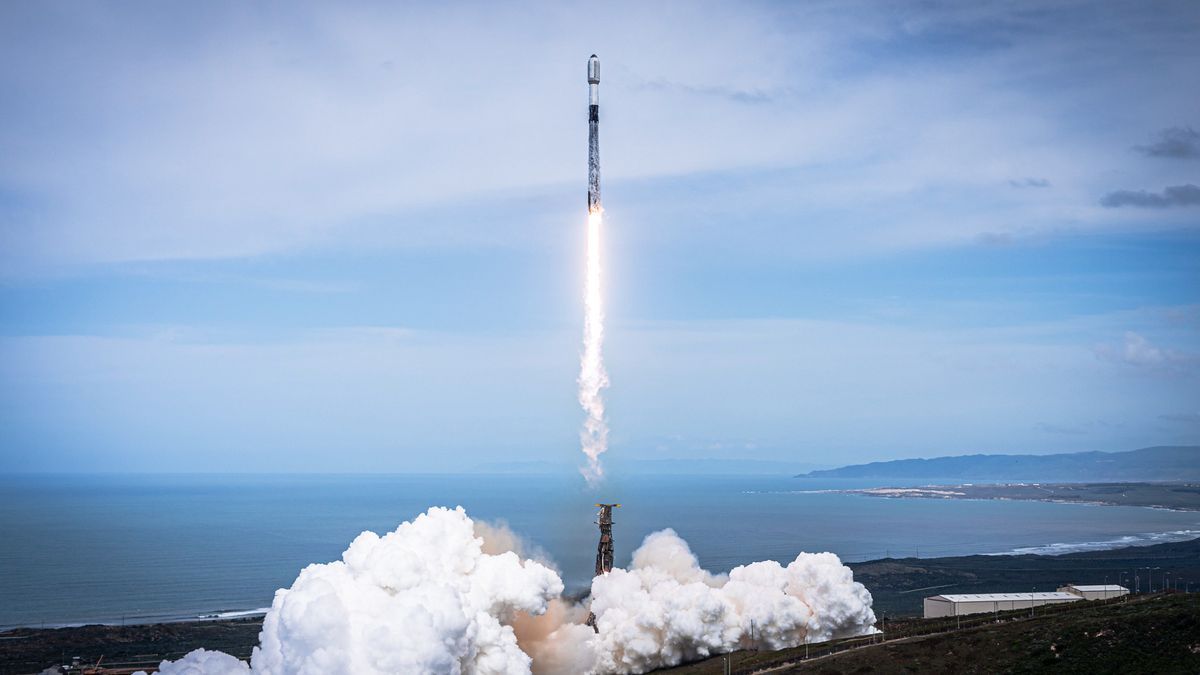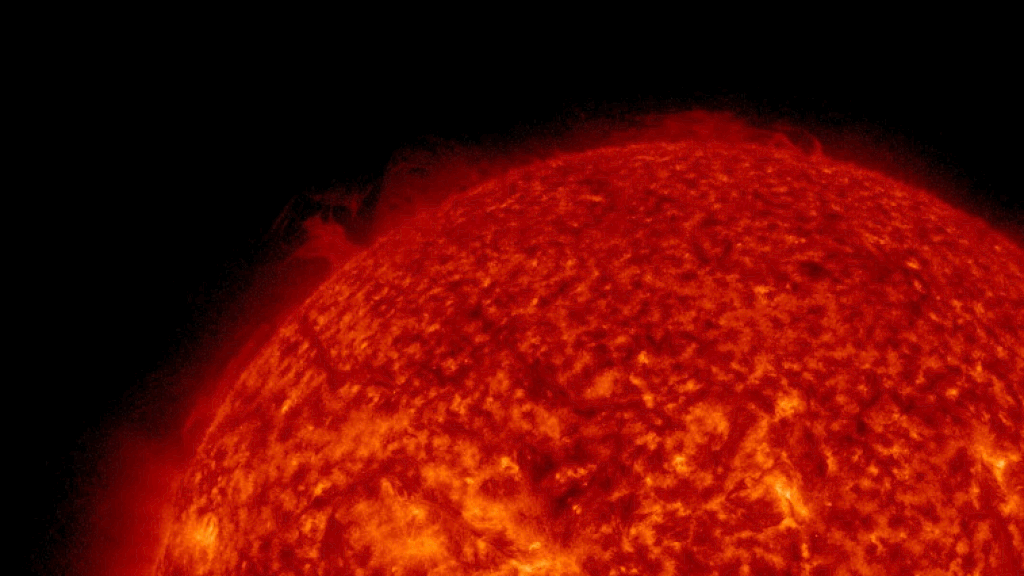During the next two weeks, there will be two eclipses on the astronomical docket. The main event, of course, will be the Great North American Eclipse on April 8 that will stretch from the Pacific coast of Mexico, on to Texas and across southern and eastern portions of the United States and Atlantic Canada, before coming to an end over the north Atlantic Ocean. But two weeks before the total solar eclipse, during the overnight hours of March 24-25, it will be the moon’s turn to undergo an eclipse; a…
Read MoreCategory: Solar System
Our solar system
A new ultrablack coating for telescopes could bring more stars into focus
The images we get these days from advanced telescopes, such as the James Webb Space Telescope, undoubtedly leave us in awe and wonder of galaxies that exist light-years away from Earth. But what if these pictures could be improved even more?Researchers from the University of Shanghai for Science and Technology and the Chinese Academy of Sciences hope they’re able to help with just that through their development of a thin, ultrablack film coating for aerospace-grade magnesium alloys. Think about it this way — when you want to see the stars…
Read MoreSpaceX launching 22 Starlink satellites from California tonight
SpaceX plans to launch another batch of its Starlink internet satellites to orbit tonight (March 18). A Falcon 9 rocket carrying 22 Starlink spacecraft is scheduled to lift off tonight from California’s Vandenberg Space Force Base during a nearly four-hour window that opens at 10:28 p.m. EDT (0228 GMT on March 19). You can watch the action live via SpaceX’s account on X, beginning about five minutes before the window opens. Related: Starlink satellite train: How to see and track it in the night sky If all goes according to…
Read MoreMarvel Comics’ new series celebrates Boba Fett’s Mandalorian dad
Notorious Mandalorian bounty hunter Jango Fett’s stock in the “Star Wars” universe has soared ever since his introduction in “Star Wars: Attack of the Clones” as the DNA donor to the cloned Grand Army of the Republic and proud papa of his unaltered replica, Boba Fett. Portrayed by Temuera Morrison (“Once Were Warriors,” “The Book of Boba Fett“) Jango’s coolest moment came on the watery world of Kamino in that 2002 film’s “Rumble in the Rain” duel with Obi-Wan Kenobi (Ewan McGregor) and subsequent spaceship dogfight through an asteroid field.…
Read MoreTrack the April 8 total solar eclipse with SkySafari, now 80% off
SkySafari is celebrating the solar eclipse, and you can grab it on a great deal through April 8. The entry-level version of SkySafari 7, which features on our best stargazing apps guide, locates millions of planets, stars and constellations with a single screen tap. It is on sale right now for just $0.99, just in time for the next total solar eclipse. That’s an 80% discount from the usual $4.99, so make sure to act quickly. Affiliated apps SkySafari Plus and SkySafari Pro will also go on sale roughly one…
Read MoreSony FE 16-35mm f/2.8 GM II vs Canon RF 15-35mm f/2.8 L IS USM
Wide-angle zoom lenses make up one-third of the ‘Holy Trinity’ lens lineup and prove endlessly useful for several purposes, including landscapes, architecture and astrophotography. Often, a standard 24-70mm zoom lens isn’t quite wide enough to shoot a particular scene, so having a wide-angle lens in your kit bag lets you fill the gap below 24mm. Wide-angle lenses are favored in astrophotography because they capture a wider portion of the sky and let more light in than standard and telephoto lenses typically do (which, when you’re shooting in the dark, is…
Read MoreSleeping subduction zone could awaken and form a new ‘Ring of Fire’ that swallows the Atlantic Ocean
A subduction zone below the Gibraltar Strait is creeping westward and could one day “invade” the Atlantic Ocean, causing the ocean to slowly close up, new research suggests. The subduction zone, also known as the Gibraltar arc or trench, currently sits in a narrow ocean corridor between Portugal and Morocco. Its westward migration began around 30 million years ago, when a subduction zone formed along the northern coast of what is now the Mediterranean Sea, but it has stalled in the last 5 million years, prompting some scientists to question whether…
Read MoreLego Creator 3-in-1 Space Astronaut review
Essential info: Price: $54.99/£44.99 Model number: 31152 Number of pieces: 647 Dimensions: 10.5 inches (27cm) tall Recommended age: 9+ Lego is well and truly throwing everything at the space category this year. Its City, Creator, Technic and even Friends ranges all have dedicated ‘space’ sub-ranges and, if you’re someone who loves space as much as Lego, it’s fantastic news. We’re loving the emphasis on the stars, planets and space exploration — and one of our favorite sets so far has to be this Lego Creator 3-in-1 Space Astronaut. Buildable into…
Read MoreMercury slammed by gargantuan eruption from the sun’s hidden far side, possibly triggering ‘X-ray auroras’
A gigantic, fiery eruption around 40 times wider than Earth recently exploded from the sun’s hidden far side. The eruption hurled a massive cloud of plasma into space that later smashed into Mercury, scouring the planet’s rocky surface and potentially triggering “X-ray auroras” on the unprotected world. The eruption was likely triggered by a powerful solar flare, which occurred around 7 p.m. ET on March 9, Spaceweather.com reported. NASA’s Solar Dynamics Observatory (SDO) spotted a large, partially obscured plasma filament exploding outward from behind the sun’s northeast limb. Based on the amount of…
Read MoreThis Week In Space podcast: Episode 102 — A New Volcano on Mars!
On Episode 102 of This Week In Space, Rod and Tariq talk with Dr. Pascal Lee about the intriguing features he and his associates found in a region of complex terrain between Mars’ Olympus Mons, the largest volcano in the solar system, and the western extent of Valles Marineris, the largest canyon. First, he spotted a relict glacier, covered with volcanic ash, and in a single day, realized he’d found a recently active volcano not previously identified–and how was this missed? Pascal will fill us in on the gritty details.…
Read More

